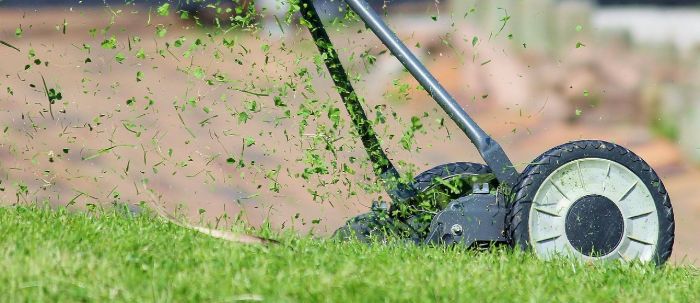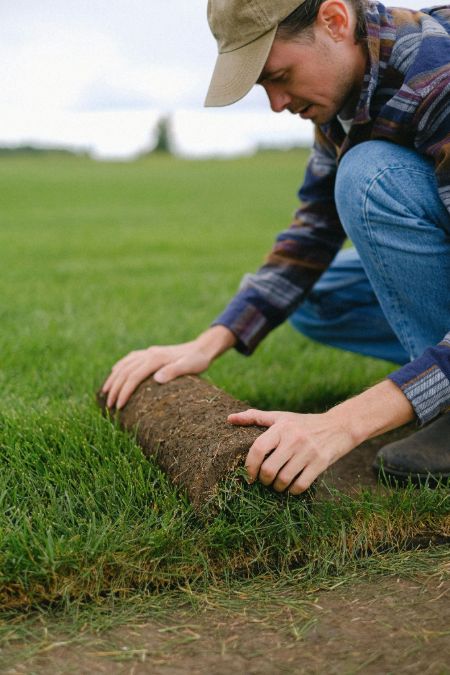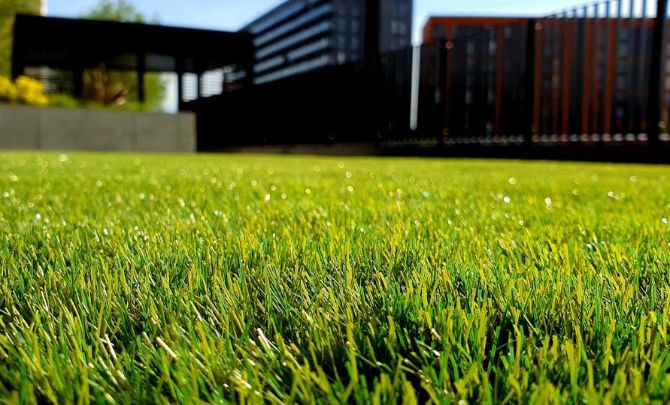A beautiful lawn can transform a mundane yard into a striking outdoor living space. Proper lawn maintenance is pivotal for achieving lush greenery that enhances your home’s curb appeal.

Whether you’re a seasoned gardener or a novice, understanding the components of lawn care can make a substantial difference in the health of your grass and overall yard. This guide covers everything from mowing to fertilization, ensuring your lawn looks its best throughout the seasons.
Understanding Your Grass Type
Different grass types flourish in distinct climates and conditions. Cool-season grasses grow best in northern areas with cold winters and moderate summers. These varieties include fescue, bluegrass, and ryegrass. In contrast, warm-season grasses thrive in southern regions, featuring Bermuda, Zoysia, and Buffalo grass. Identifying the grass type in your yard is the first step toward effective maintenance, as it influences watering, mowing, and fertilization schedules.
Once you know your grass type, consider its growth pattern and seasonal behavior. Cool-season grasses grow vigorously in spring and fall, while warm-season grasses are most active during summer. This understanding helps in scheduling necessary care tasks aligned with your lawn’s growth cycle.
Mowing Techniques for a Healthy Lawn
Mowing is more than just cutting grass; it’s a fundamental part of lawn maintenance that promotes healthy growth. For optimal results, the blade height should be adjusted according to the grass type. Generally, maintaining a height of around two to four inches promotes deeper root growth and improves drought resistance. Regularly sharpening mower blades also plays a critical role; dull blades can result in uneven cuts and stress the grass. When mowing, it’s best to alternate mowing patterns each week. This practice prevents soil compaction and enhances even growth. Keeping your lawn mower in good condition can help you achieve better results and make the task more manageable.
Watering Wisely
Watering your lawn correctly is essential to maintaining its health. Depending on your climate, grass type, and soil conditions, most lawns need about one inch of water per week. It’s usually more effective to water deeply and infrequently rather than often and shallowly. This encourages roots to grow deeper, making your lawn more resilient during dry spells. Timing also matters. Early morning is the best time to water as evaporation rates are lower, and the grass can dry out before evening. Avoid watering in the evening, as prolonged moisture can lead to disease. Additionally, using a rain gauge can help you monitor your lawn’s water intake accurately.
The Importance of Fertilization
Fertilizing your lawn provides essential nutrients that promote healthy growth. There are two primary types of fertilization: granular and liquid. Granular fertilizers are slow-releasing and are often applied during the growing season. Liquid fertilizers, on the other hand, offer quick absorption and can be used when grass shows signs of nutrient deficiency. Testing soil pH is a fundamental step in the fertilization process. Grass generally thrives in soil that is slightly acidic to neutral, around 6.0 to 7.0 pH. Know the nutrient requirements of your specific grass type, as this can dictate the formulation of the fertilizer you choose. Proper fertilization can lead to enhanced growth, color, and overall lawn vitality.
Seasonal Lawn Care Tips
Lawn maintenance is a year-round commitment that changes with the seasons. In spring, focus on aeration and overseeding to promote growth. Apply a balanced fertilizer to help your lawn recover from winter dormancy. Early summer is the time for regular maintenance, including mowing and watering, encouraging robust growth. As fall approaches, it’s time for a final fertilization to prepare your lawn for colder months. Over-seeding can also be beneficial to establish new growth before winter. Finally, winter care involves minimizing foot traffic and protecting against snow mold. By understanding how to maintain your lawn in each season, you’ll establish a resilient landscape.
Tools and Equipment for Lawn Care
Having the right tools simplifies lawn maintenance and improves results. Start with essential equipment such as push mowers, trimmers, and rakes. As explained by experts from www.worx.com/lawn-garden/lawn-mowers.html, a robust lawn mower is essential, whether you prefer a gas or electric model. If you have a larger yard, consider riding lawn mowers to save time and effort. Aside from mowers, aerators and dethatchers are key for maintaining soil health. Aerating your lawn improves water infiltration and enhances oxygen levels in the soil. Dethatching removes layers of dead grass and roots, allowing your lawn to breathe and absorb nutrients effectively. Investing time in equipment care ensures these tools perform optimally over time.

Professional Help vs. DIY Lawn Maintenance
While many homeowners enjoy the process of lawn care, others may find it overwhelming. Hiring a professional service can be a good choice, especially for those without time or expertise. Professionals bring knowledge, experience, and efficiency, resulting in well-maintained lawns. On the other hand, DIY lawn maintenance offers satisfaction and potential cost savings. Educating yourself through blogs, books, and community resources empowers you to take control of your lawn care. With the right information and tools, anyone can achieve a healthy lawn.
By embracing best practices in lawn maintenance, you not only enhance the aesthetic of your property but also contribute positively to your community’s ecosystem. You can create a thriving lawn that becomes a source of pride and enjoyment.
